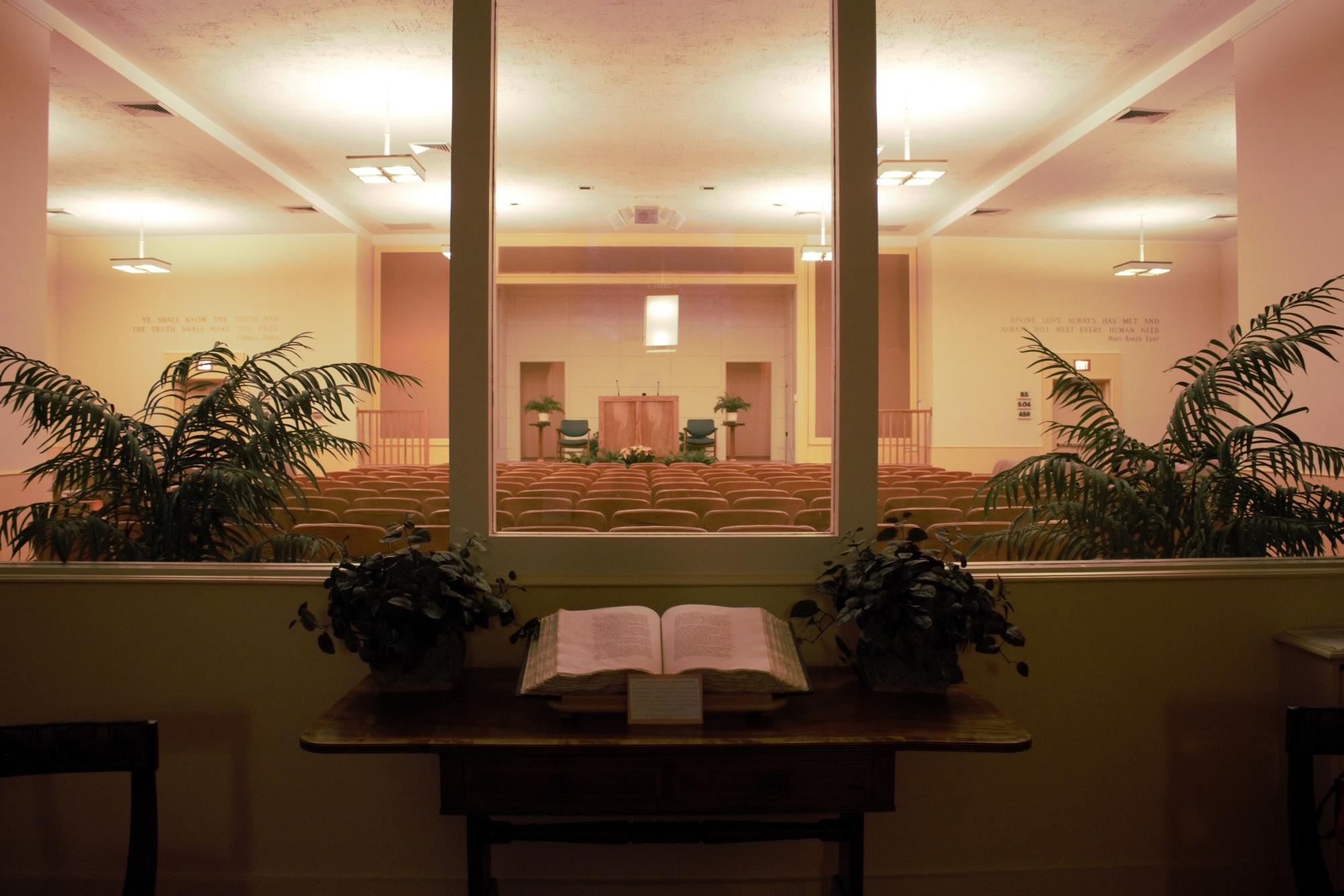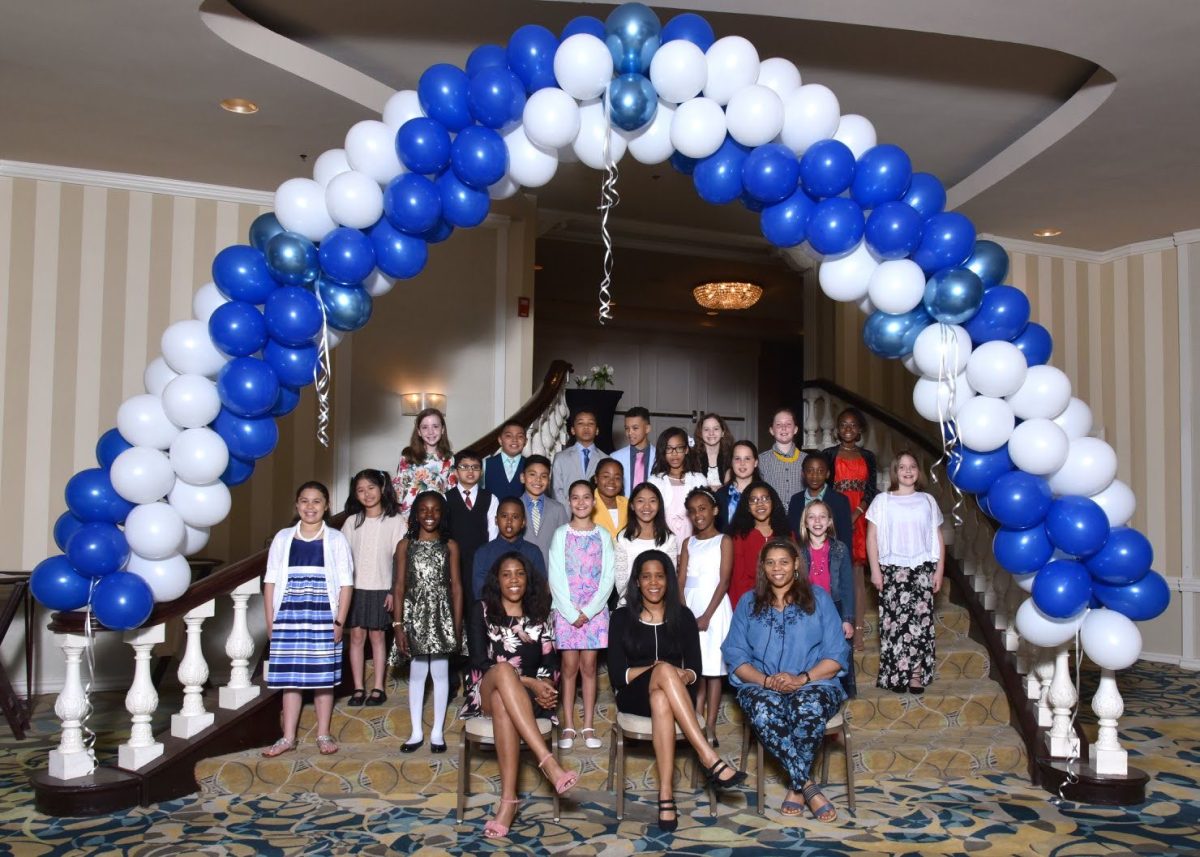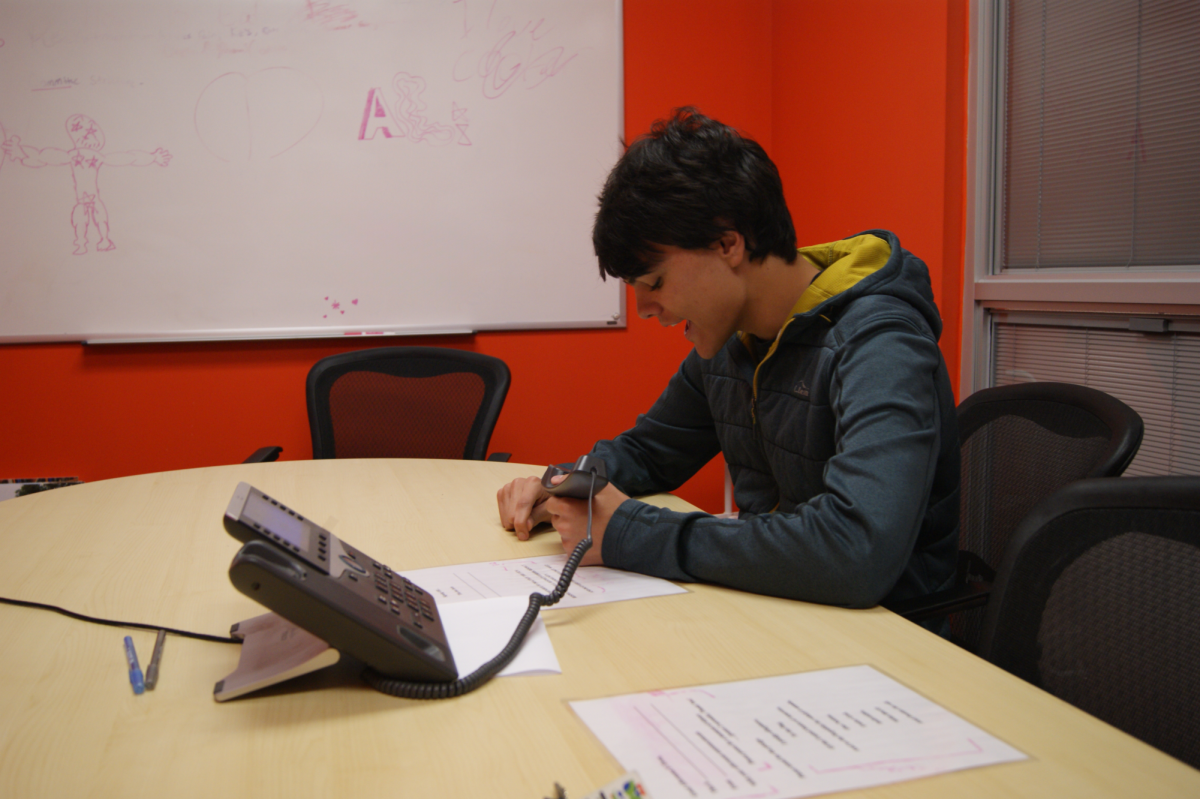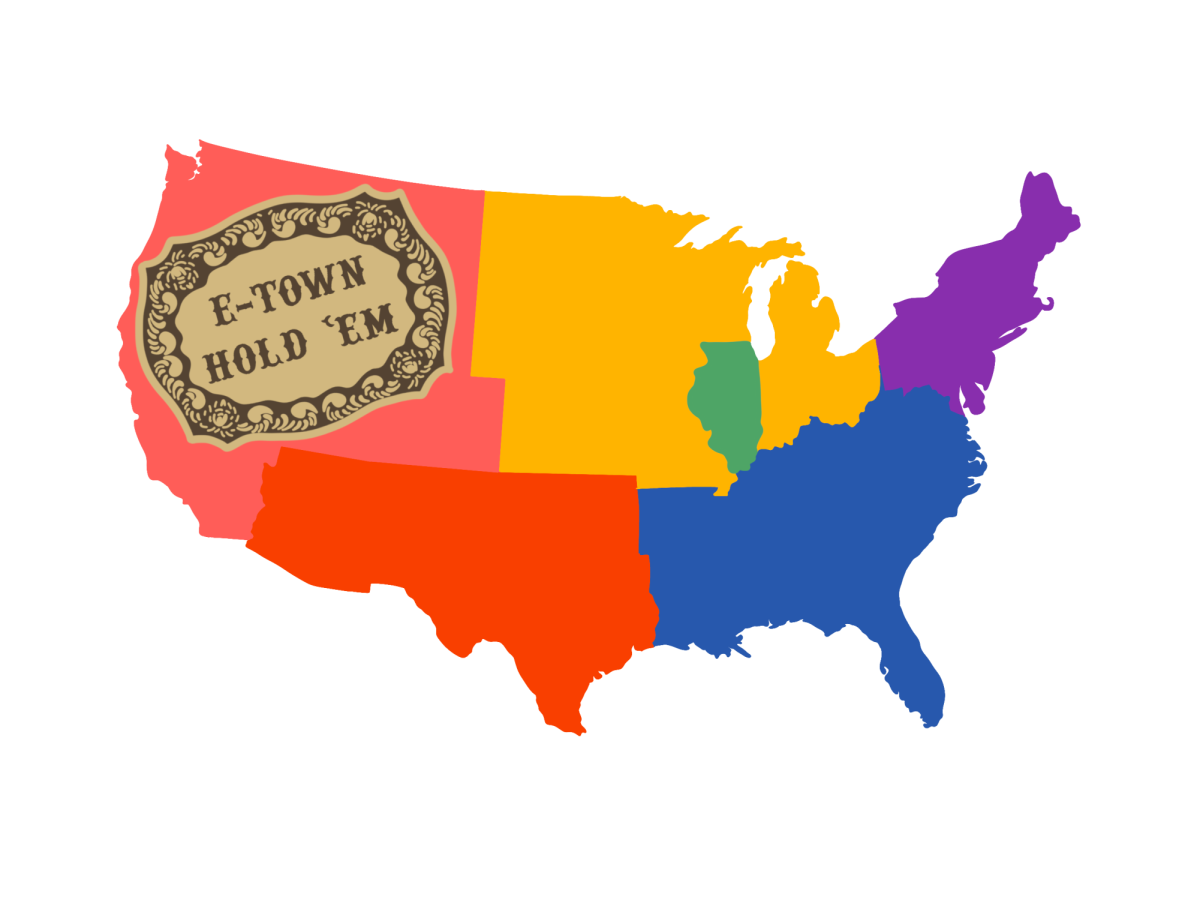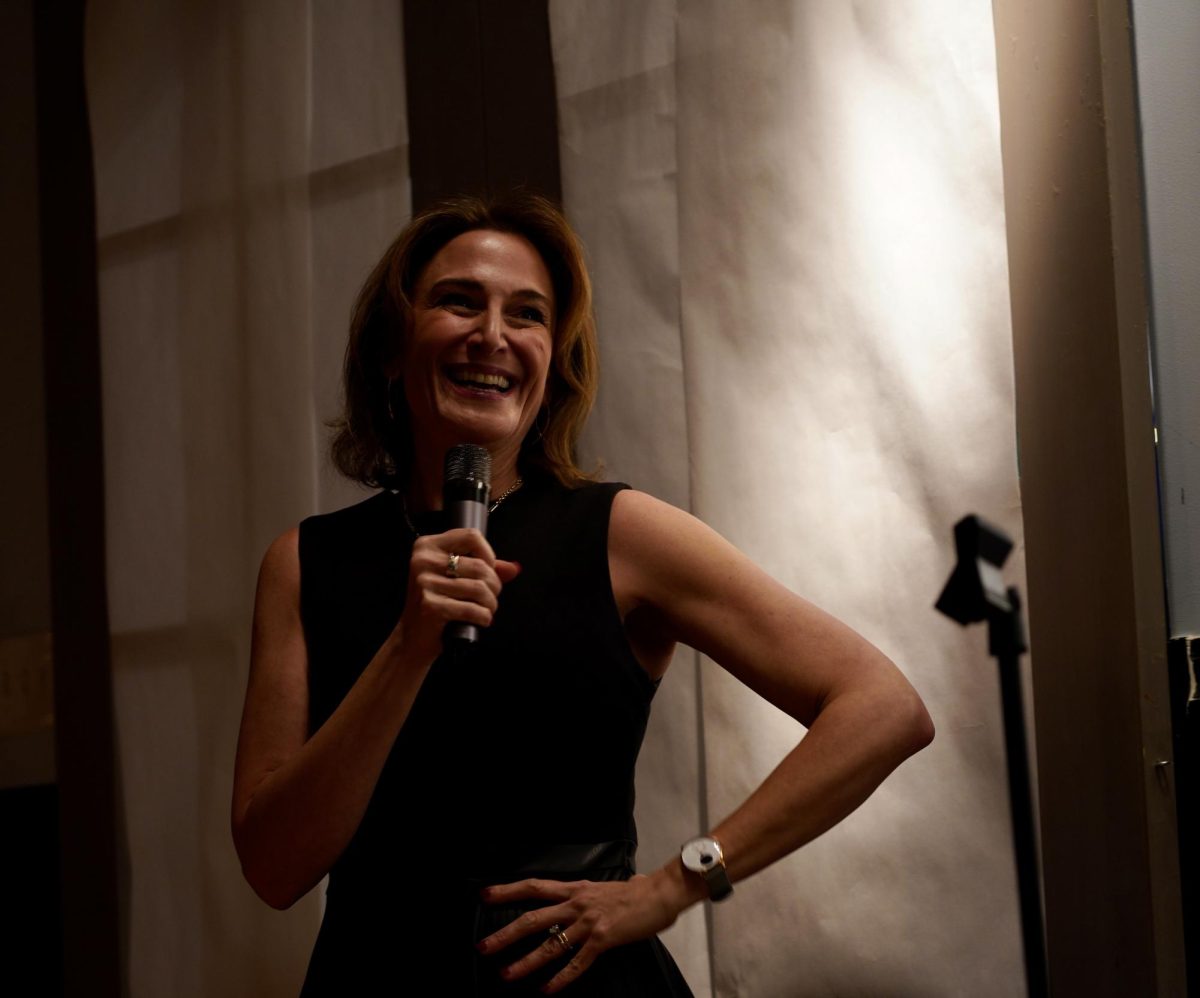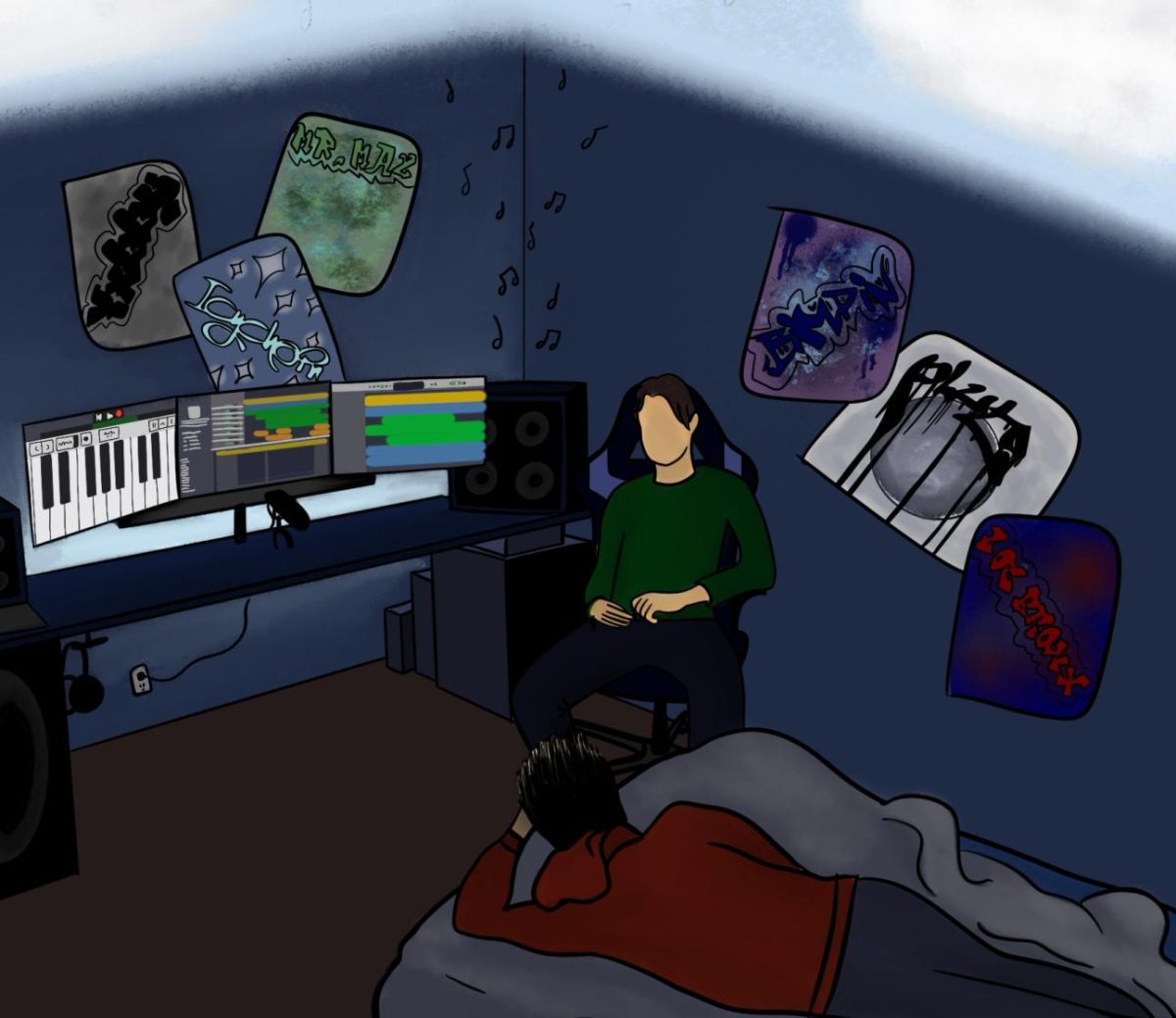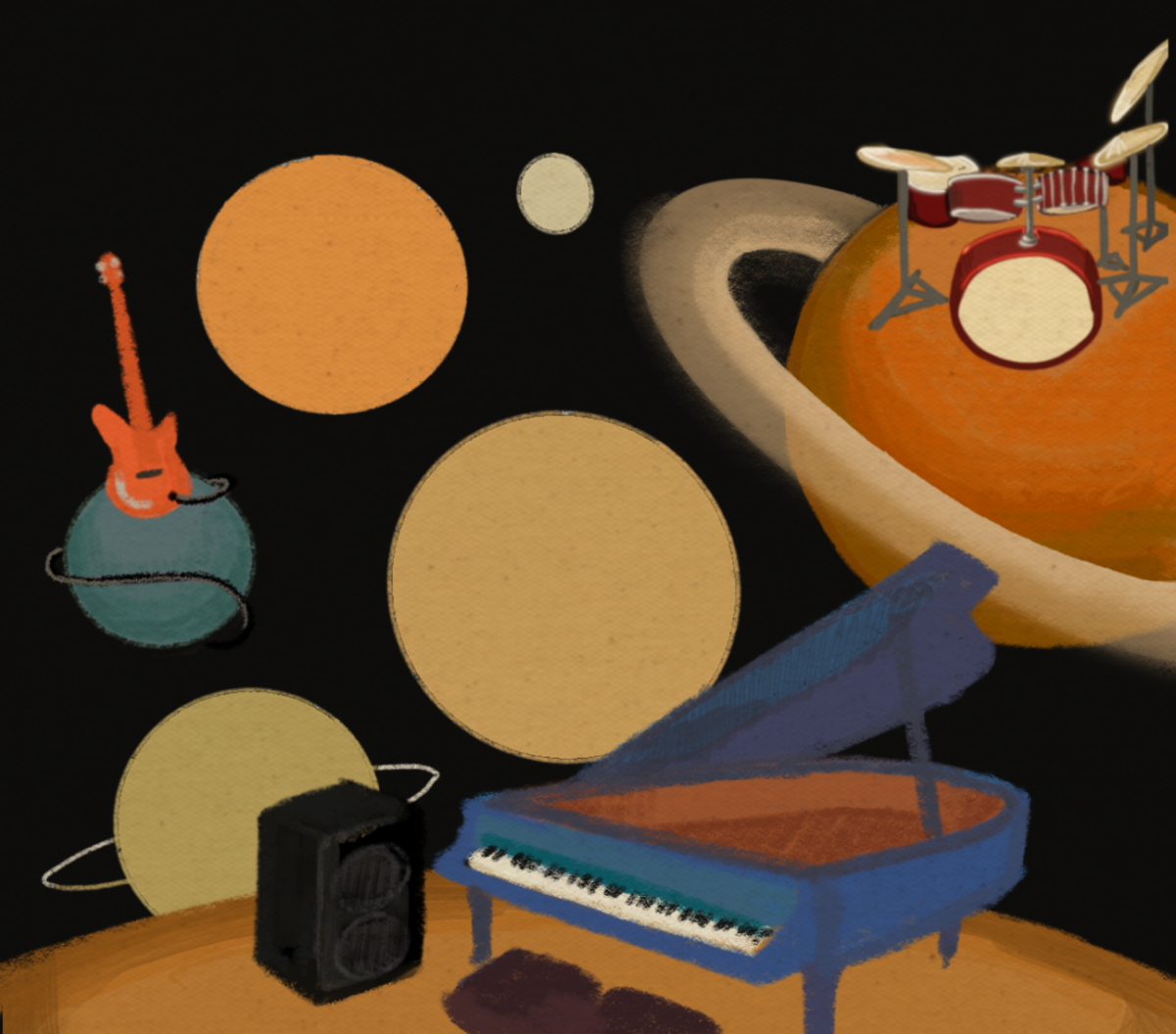At 2715 Hurd Ave., in the heart of Evanston’s Sixth Ward, exists what was once a large and lively church dedicated to worship alone. The Second Church of Christ, Scientist, nestled among dozens of single-family homes and located across the street from Willard Elementary School, spans 11,000 square feet and commands the attention of local inhabitants with its weathered sand-colored brick and green exterior door. Inside, the spacious auditorium holds 235 individual seats, situated beneath a towering ceiling and within the confines of walls adorned with floor-to-ceiling windows and floral panel pair curtains.
In the past several decades, as attendants dwindled and the pews grew increasingly empty, the Christian Science congregation was left to offer the property for sale. A number of ideas were proposed, from modifying the existing building and accommodating the Salvation Army to demolishing the church entirely and replacing it with a 20,000 square foot private day care and preschool.
“We are a quiet community, so [when the] discussion switched to a three-story preschool with 165 children [and] a playground on the roof, we disagreed on that greatly,” said Helen Madden, who has been a neighbor of the church for nearly six decades. “We didn’t [want] 100 additional cars going up and down the street every day.”
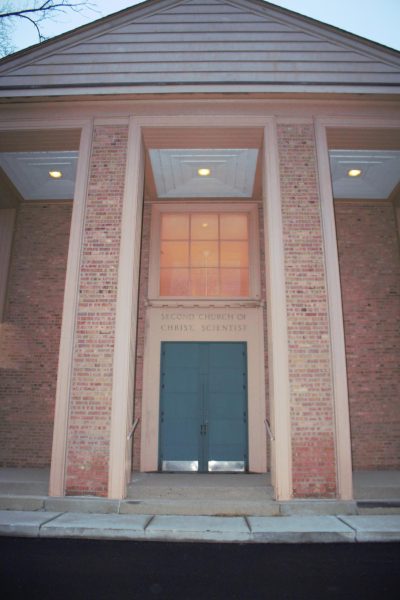
On Dec. 28, 2022, after years on the market and many failed contracts from various interested parties, the sacred space was purchased by Evanston resident, retired senior lecturer at Harvard Business School and former Northwestern professor Steven Rogers.
Rogers, a next-door neighbor of the church, initially hoped to acquire only the parking lot adjacent to the church, which was formally home to Bauer Place, a small street housing five Black families who were displaced in the late 1920s. Dismayed by the city’s historic wounds, Rogers envisioned creating a memorial garden on the property as a means of healing Evanston’s Black community. However, the parking lot was not available for purchase on its own, so Rogers bought the entire church with intentions of reenergizing the space.
A WGN-TV report that aired in Mar. 2021 exposed Rogers to the exclusionary zoning policies and segregation-driven practices perpetrated by the city of Evanston that existed in the neighborhood he resides in today.
“Sometime around 1927, they told people they could have the house, but they couldn’t have the land,” lifelong Evanston resident Carlis Sutton, who is Black, told WGN. “There’s no Bauer Place on the map of city of Evanston anymore.”
My life is very much devoted to the Black race. My motivation for buying [the church] was because of what happened to the Black families [on Bauer Place], being displaced and reinforced. The land was taken from people with no compensation.”
— Steven Rogers
Moved by the disparities he observed, Rogers was compelled to put the property back in the hands of a Black owner.
“My life is very much devoted to the Black race,” Rogers said. “My motivation for buying [the church] was because of what happened to the Black families [on Bauer Place], being displaced and reinforced. The land was taken from people with no compensation.”
Driven by his twin passions for art and activism, Rogers hopes to make the church an asset to the community, offering the venue free of charge to Black artists that wish to showcase their work.
“[I want] to uplift the poor Black community and [my purchase of the church] was a continuation of those efforts,” Rogers said. “I was fortunate to have the resources to buy it and now it can be a facility where Black arts can be exhibited.”
The transformation of the space breathed new life into the temporarily sleepy church, and has garnered positive feedback from the community-at-large.
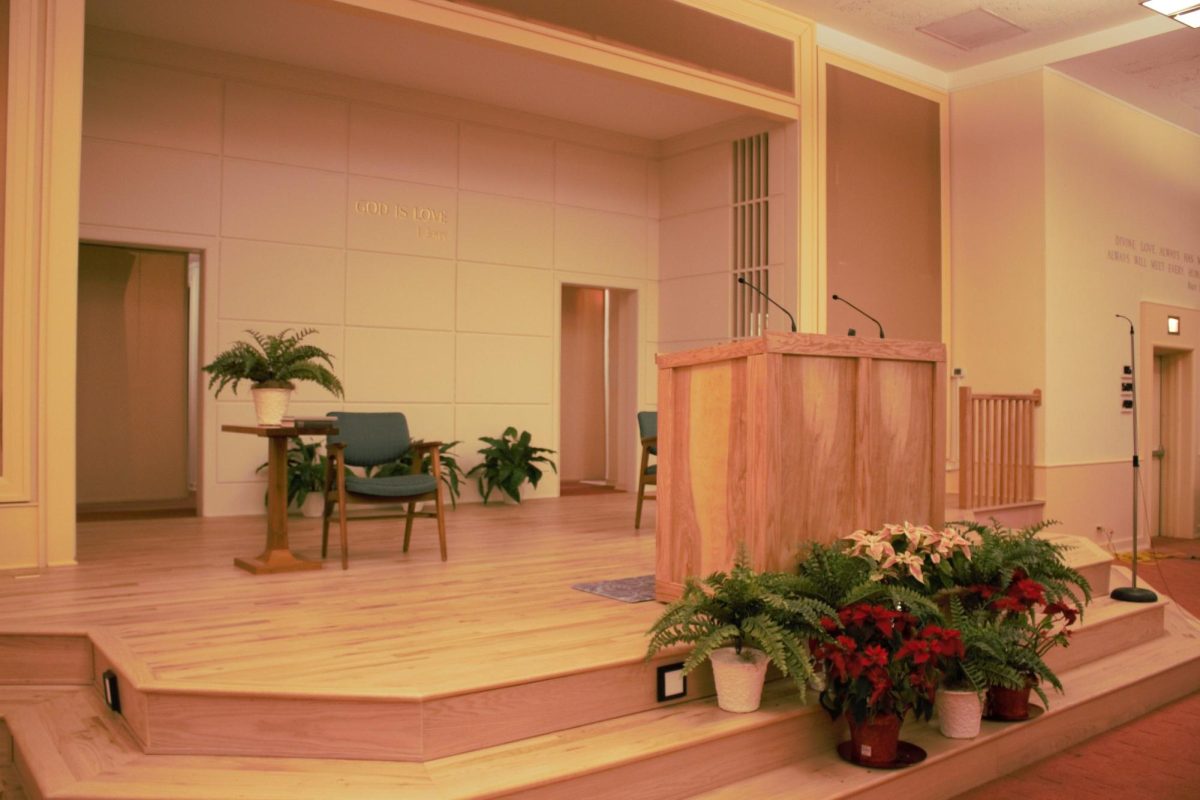
“I have received nothing but love from the community. [Local residents] love the fact that the church is now open, and they get a chance to see what’s inside. There’s finally activity [in the church] and more people have access to the space than ever before,” Rogers said. “We have free events that are open to the city of Evanston. People can walk to concerts that are being performed by professional jazz [musicians]. It is just outstanding.”
The live music from improvisational “global” jazz guitarist Donovan Mixon’s garage in the alley between Cleveland Street and Monroe St. has taken center stage at the Second Church of Christ, Scientist. Once a hidden gem, Donovan’s Garage commenced with impromptu music sessions during the pandemic.
[Local residents] love the fact that the church is now open, and they get a chance to see what’s inside. There’s finally activity [in the church] and more people have access to the space than ever before.”
— Steven Rogers
“When COVID-19 hit, I had just released a single and had a magazine article come out about the single and had a booking coordinated. But the pandemic just wiped all of that off the table,” Mixon said. “After a while, out of just frustration, I started playing [music] in my garage and eventually, [I] started inviting neighbors to come with their chairs and then every week I would bring other musicians and we [would] just play pretty much unrehearsed routines.”
On Aug. 20, 2023, the Evanston RoundTable published an article that captured the pulse of Donovan’s Garage and caught Rogers’ attention with the headline “The best summer jazz is free – and in an Evanston alley.” The very next week, over 200 audience members—young and old residents alike—showed up in the alley to envelop themselves in great company and even better music.
The church will provide Donovan’s Garage a home for the winter months, where the jazz band plans to perform monthly until weather permits the garage door to reopen.
“I’m particularly excited about my collaboration with Donovan Mixon,” Rogers said.
In an effort to heighten the experience for his listeners, Mixon embraces a spontaneous approach to music collaboration.
“What makes [Donovan’s Garage] especially unique is that these are loosely put together groups. And so we’re on stage and we talk about what we’re doing. I like to say it’s analogous to going to a museum, where the artist is there and they’re telling you how the pieces were put together. People really like the casual nature. It’s fun and serious at the same time,” Mixon said.
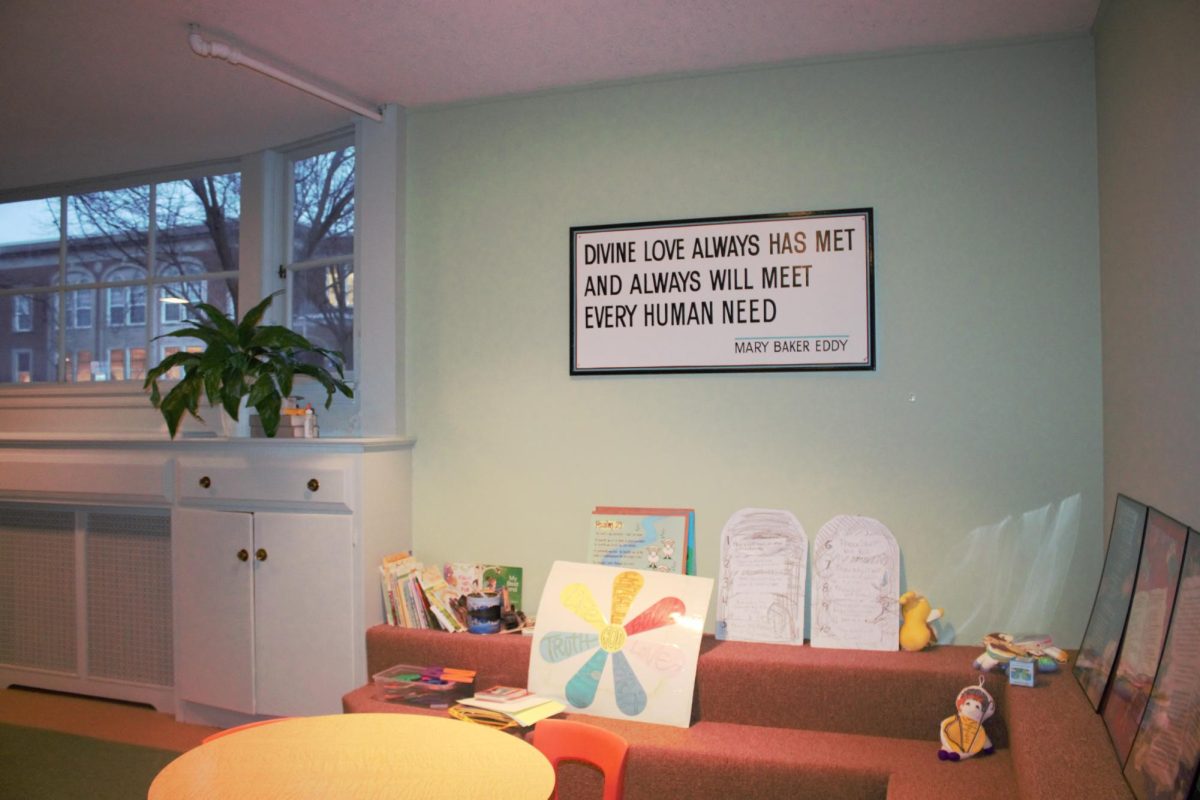
On Feb. 24, Mixon’s new ‘Justice Ensemble’—a sextet of prominent Chicago improvising musicians, all of which are members of the Association for the Advancement of Creative Musicians (AACM)—will bring the theme of perseverance to the forefront, performing original and reimagined works reflecting the lives, traditions and conditions of Black Americans through the writings of multitalented Black artists, including Maya Angelou, James Baldwin and Langston Hughes.
“This is a special event,” Mixon said. “We will be celebrating the tenacity of Black Americans.”
Donovan’s Garage ensures that their music remains freely accessible to everyone in the community by operating on a donation-based model.
“Even though we’ve [started performing] in a church, it’s always been donation-based. That started out in the alley, of course,” Mixon said. “But residents are very appreciative, and they donate generously. That is [how Donovan’s Garage] is able to sustain itself.”
Mixon affirmed that due, in part, to the music industry’s white dominance, it is worthwhile to make the church available to artists like himself.
“Music is my life,” he said. “I play music and write music to stay alive. I don’t think I would last long if I suddenly couldn’t play or write.”
Music is my life. I play music and write music to stay alive. I don’t think I would last long if I suddenly couldn’t play or write.”
— Jazz Guitarist Donovan Mixon
On Oct. 20, the church hosted the Fisk University Choir, a mixed vocal ensemble consisting of students at the historically black liberal arts college in Nashville, Tennessee. The choir intended to perform at Sherman United Methodist Church as part of their centennial celebration, which commemorated the founding of the church in 1922, however due to seating capacity, the ensemble pivoted to accommodate its wide-reaching audience.
“I have been a member of Sherman United Methodist Church for over 40 years now, and it is one of the only African American churches founded by a Black woman,” said Venita Fields, who served as chair of the first Fisk choir concert. “Our congregation has been a part of the community [for] over 100 years and we’re happy to collaborate with Professor Rogers because it’s part of our mission to uphold Black culture in Evanston.”
Fields added that the historical context of the property held profound significance for the choir.
“[Fisk University Choir] has gone to a lot of historically Black churches, but this was the first time they had been to the venue and once they learned about the history of the site, it [definitely] meant something special for them,” she said.
Mixon believes that Rogers’ transformation of the space is a testament to his selfless and genuine character.
“[Steven Rogers] really walks the talk. He does what he means and means what he says. When I met him, I knew I met someone who was about action. He may have more resources than I have, but we [share] that determination,” Mixon said. “We’re collaborators [now] and one day we’ll become really good friends. I’m really happy to have him in my life in any capacity. Evanston is very lucky to have Professor Rogers.”
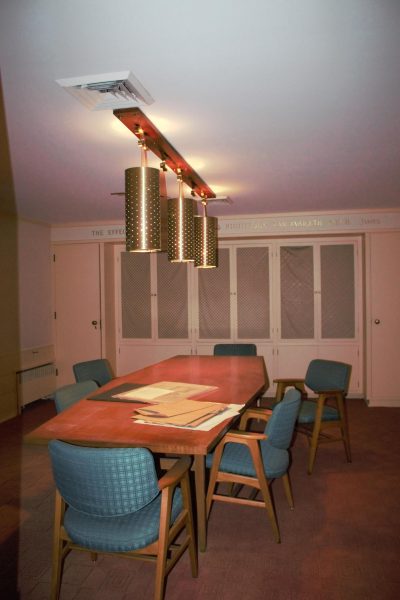
When looking at the broader cultural moment in Evanston, Fields notes the importance of Rogers’ timely contributions.
“He is an unapologetically strong and opinionated Black man and I am proud to know him,” Fields said.
A long-time Evanston resident, Rogers has seen the city embrace art wholeheartedly.
“I’m 66-years-old and I’ve [lived] in Evanston [for] probably 35 years now. In that time, I’ve always found Evanston to be a great place and a friend to the arts—both performance arts and pictorial arts,” Rogers said. “We’re the epicenter for the suburbs [and] I just love this city relative to its support of the arts. Anything that has to do with the arts, I’m supportive of.”
Mixon, who spent nearly two decades abroad as a performing artist and college professor before settling in Evanston, views the North Shore suburb as one that is committed to fostering the growth of the arts.
“I was very lucky. I was coming back to America and dippity and serendipity brought me to Evanston. The city is sensitive to its constituents. It’s a very modern and multicultural community, and people are culturally aware and astute, and [want to] participate. It’s amazing what’s available,” Mixon said.
Fields reflects similar sentiments, affirming that she has seen the city show a willingness to honor diverse artist expressions and cultural movements.
“Since I’ve lived in Evanston, I’ve seen a lot of institutions develop and evolve that are multicultural and specifically geared towards African American citizens in this town. A good friend [of mine] founded the Fleetwood Jordanian community theater and I was instrumental in helping her get that started,” Fields said. “I’ve seen a welcoming environment towards Black arts in the city over time. I’m not saying that it was easy or it was without struggle, but I can say that I have seen some strides in that area.”
In light of the recent transformation to the space, Mixon envisions a positive shift that will mirror broader attitudes around arts and culture in Evanston.
“[Arts] just seems to be more and more rich every year and there are more and more opportunities,” Mixon said. “In Evanston, people expect and look for cultural opportunities and events. So I feel very lucky that I had that opportunity to [perform at] the church. I could have ended up in the middle of Wyoming. It’s beautiful out there, but it wouldn’t be a place where I want to spend the rest of my life.”
Mixon believes that music possesses a universal language that brings strangers together by means of playing on the same stage.
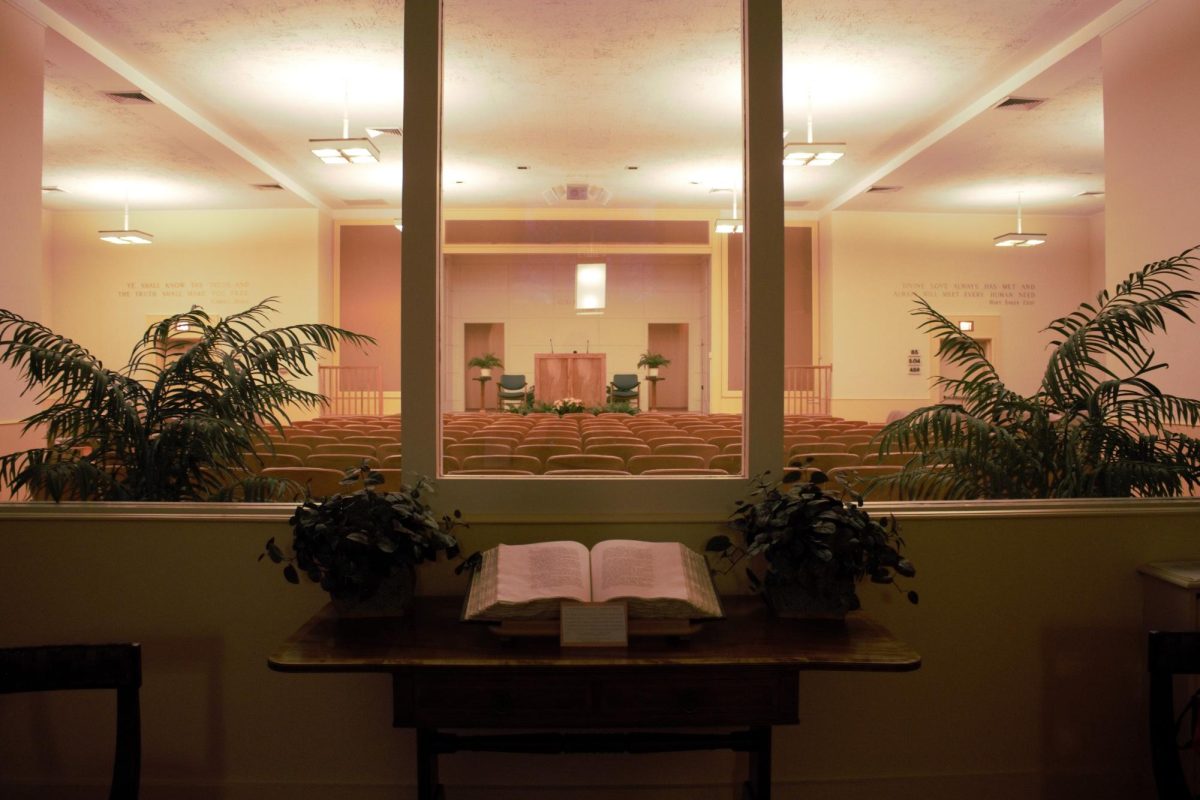
“There are a lot of powerful musicians that live right here [in Evanston]. It is amazing in itself. But just being in part of [the greater] Chicagoland [area], there are so many musicians and doing the Garage allows me to meet a lot of artists I didn’t know before,” Mixon said. “Musicians will come to the Garage for a concert and [realize] they know each other from 15-20 years ago. Music will always reconnect people.”
Whether performing in his garage or at the church, Mixon feels very fortunate to have formed connections with individuals from every corner of the city.
“[The most rewarding part] has been playing with different musicians, and forming relationships with people in Evanston,” he said.
Fields recognizes the importance of acknowledging the city’s flawed past to inform a better future.
“Evanston has a story to pass. I’m from Mississippi, so I grew up in a segregated town. And then I came to Evanston [for college], and didn’t know until after I graduated [from Northwestern University] that Evanston had its own form of segregation. So even though I love the city, I know that it’s not perfect,” Fields said. “I feel like I’ve come full circle in a sense. Now that I live here, [I feel like] it’s my obligation as an Evanstonian to recognize its past and see what I can do on a very small scale to enlighten and make change.”
In a society where the contributions of Black artists are often overlooked, Fields is optimistic that the church’s transformation will allow Evanston’s constituents to witness the enduring influence of Black art on the city’s cultural landscape.
“My hope is that there will be a higher level of appreciation for African American contributions to the arts, and just the recognition that the music is homegrown,” Fields said. “It has deep roots—over 400 years of roots in this country, and it deserves respect and recognition.”



